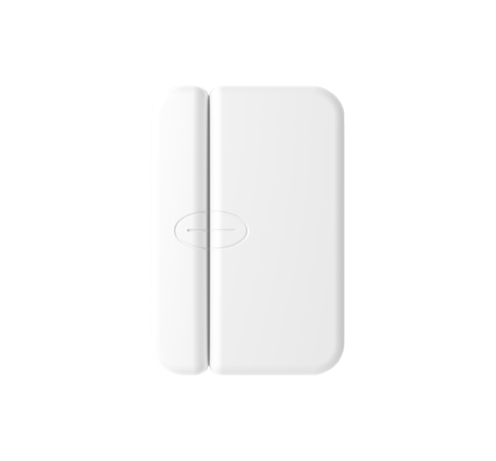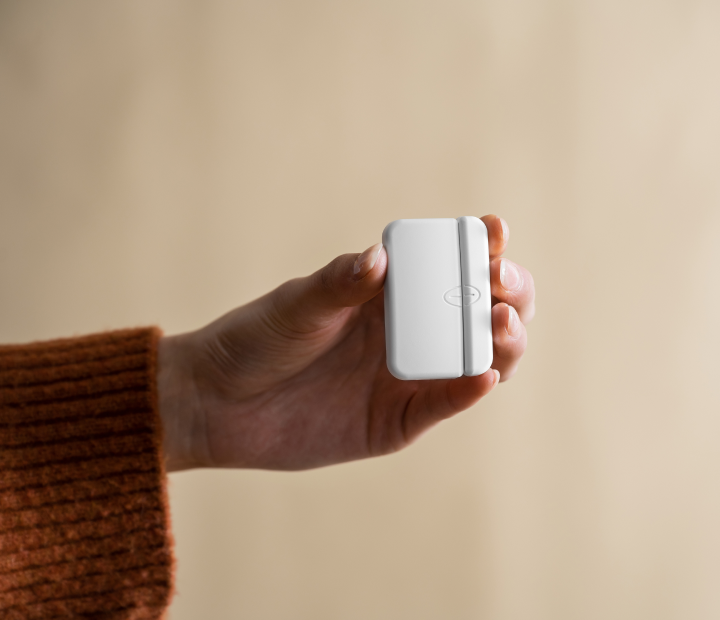Cove is actively dedicating resources to make our site, and our community, more accessible. While we make changes, if you need any assistance accessing the information on this site, please contact us at 855.268.3669 or support@covesmart.com. For those who are deaf or hard of hearing or who do not use voice channels to communicate, please contact us via email or via 711 or other relay services. If you have any feedback or suggestions as to how we could improve the accessibility of our website, please contact us at accessibility@covesmart.com. Please be aware that our site may contain links to other websites, the accessibility of which is not under our control. Please contact us if you run into any difficulties with these sites, and we will do our best to help you.
Accessibility
Protect your entry points with our window sensor.
Windows are the second most common entry point into a home. If a burglar fails to find an open door, the windows will be the next target.

Easy to install and use.
Our easy-to-install window sensors are small and can be placed in different positions on a variety of surfaces and window types. Each sensor is pre-programmed to connect to your hub and can be named for each of your windows. When your system is armed, the window sensor will trigger an alarm and scare away would-be burglars.

Always alert so you don't have to be.
This window sensor tests itself multiple times a day to ensure that everything is working and communicating correctly. If your sensor disconnects from the system or runs out of battery, you'll receive a notification directly through your Cove Connect app.

Install in seconds.
To place the window sensor, simply peel and stick. No wires. No drilling. For maximum effectiveness, place one window sensor on every ground-floor window.
Customize My SystemTechnical Specifications
Real people. Real experiences.

I've been with Cove for 3 years now and they been great, never had any problems with them, any issues I've had they always helped me out. Over all I'm well pleased with the service they provide

Great system for a great price! Easy installation and makes us feel very safe.

Best decision we made since buying our dream home! Love the customer service, HIGHLY RECOMMENDED!

I've been with Cove for 3 years now and they been great, never had any problems with them, any issues I've had they always helped me out. Over all I'm well pleased with the service they provide

Great system for a great price! Easy installation and makes us feel very safe.
Have a question?
Reach out to our friendly customer support team!
